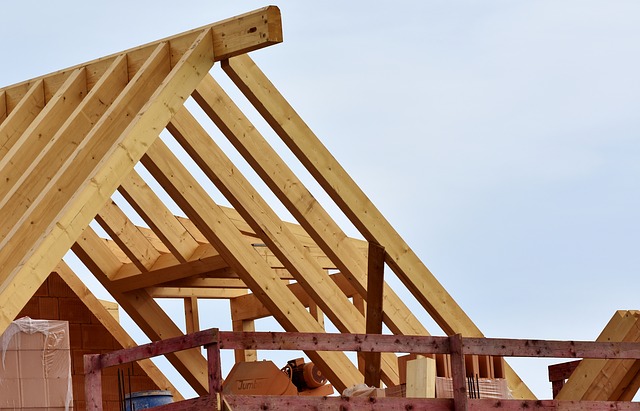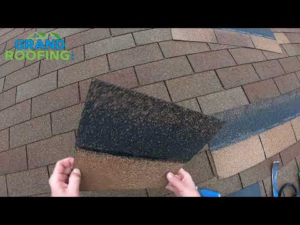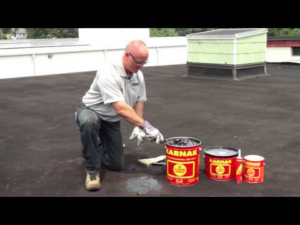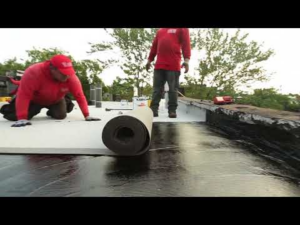
The U.S. Army Corps of Engineers, in cooperation with the Federal Emergency Management Agency and the state of Louisiana, recently launched a pilot program to explore temporary roofing options for homes that may otherwise have been disqualified from the USACE Operation Blue Roof program.
Under the current program, many homes that may need assistance are ineligible for a temporary roof. USACE does not install temporary roofs on some types of metal roofs, flat surfaces, tile or slate roofs and if there is more than 50 percent structural damage to the roof. Josh Marx, USACE temporary roofing program manager, said the reason that these types of roofs are currently ineligible is that the traditional blue roof installations require fastening nails through furring strips directly into the roof. He said nailing the traditional blue roof on these ineligible surfaces could ultimately cause more harm to the roof. Marx said the new pilot program explores the use of shrink wrap material that minimizes or completely removes the need for nails into the roof.
Marx added that the pilot program has been on the temporary roofing program’s radar for several years but said the timing never really worked out in any of the previous temporary roofing missions. He said the difference maker this year was the sheer speed of the Hurricane Ida blue roof mission. He said at the height of the installation effort, the three blue roof contractors installed more than 1,500+ roofs in a day which allowed for the team on the ground to also look at potential program improvements.
Col. Zachary Miller, U.S. Army Corps of Engineers, Memphis District and Hurricane Ida Recovery Field Office commander, said he’s optimistic about the potential uses for the new program. “If this pilot program works as intended, it could really be a game changer for survivors needing a temporary roof following a major storm event,” he said. “Disasters can devastate a region but being able to stay in your home while you recover is a win-win for the survivor and the community.”
The pilot program, also known as Roof Wrap, focuses on using shrink wrap materials that are installed under the roof via furring strips. The strips are typically nailed to the fascia or soffit depending upon the architectural elements of the house. Once the material is secured to the home, a contractor then uses heat to shrink the material and create a water-tight seal over the roof. The repairs, while temporary in nature, provide a homeowner more time to find permanent repair solutions that can take time following a large disaster.
Diane Gros, a homeowner in Donaldsonville, Louisiana, said she was initially denied USACE assistance for her roof damage because she had a slate roof. She said she was happy to receive the call to see if she’d be interested in participating in the pilot program because she had exhausted all of her …….



